Agile Development in Apps: A Definitive Guide for Collaborative Teams
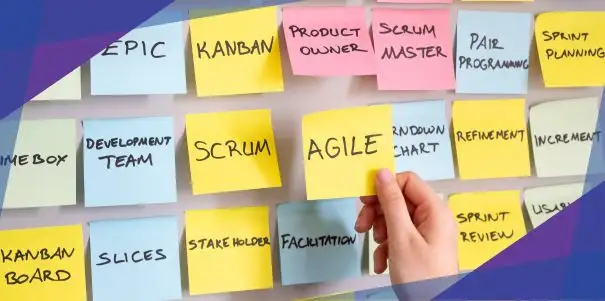
An English poet’s quote caught my attention: “Slow and steady wins the race.”
It reminds me of the tortoise and the hare. Of course, we know who won that race.
But while this may be a good motivational adage to achieve personal success, it’s quite inappropriate to embrace it in building products like mobile apps and software.
Speed to market unlocks more opportunities for companies to attract investors for app funding in the early stages, and that’s where agile development comes into the scene — the popular methodology that has revolutionized project management in app development.
In fact, a survey showed that 71% of companies use agile in their app development process to speed up delivery.

Source: Zippia
Interestingly, agile development goes beyond the realm of IT. It’s a toolkit for managing life.
Whether it’s boosting your productivity at work or developing a million-dollar app idea, these principles of agile development in apps can serve as your cornerstone in getting things done — faster and smarter.
But before we dive into the principles, let’s define agile development.
What is agile development?
Agile development is a methodology that focuses on delivering a software product in a rapidly, iterative manner. This approach to development is based on the agile manifesto, which prioritizes collaboration, flexibility, and customer satisfaction above all else. Teams work in short bursts or sprints to quickly produce functioning increments of a product at regular intervals.
Teams receive constant feedback from the customer, which gives room for refinement in the product immediately.
💡 Agile development is a game-changer compared to traditional software development. Instead of waiting months or years for a finished product, clients enjoy a minimum viable product (MVP) app in just weeks or months while working on continuous improvement.
What are the common agile methodologies used in app development?
Now, let’s dive into the agile world and explore the different agile methodologies with examples below.
Scrum: focused on teamwork and collaboration

Source: Wikipedia
In Scrum, a team works in short cycles called “sprints,” usually lasting two weeks to a month. At the end of each sprint, the team delivers a working product that can be tested and showcased to clients.
Cross-functional teams working on large-scale projects that require constant communication and coordination will benefit from this method.
An example of a company that uses Scrum is Spotify — the Spotify model has been instrumental in transforming their engineering culture.
Here’s a video explaining how the brand is scaling using agile principles.
Spotify Model & Culture – a true story?
Kanban: shows the visual workflow of tasks

Source: Ionos
Kanban is a visual workflow management tool emphasizing continuous delivery and workflow efficiency. In Kanban, work items or tasks are organized on a board according to their status, from backlog to completed.
Microsoft uses Kanban to drive engineering improvement and streamline workflows. Ronald Klemz, a senior software engineer manager for Microsoft Commerce and Ecosystems, learned about Kanban in the Marine Corps and saw its application in software engineering at Microsoft.
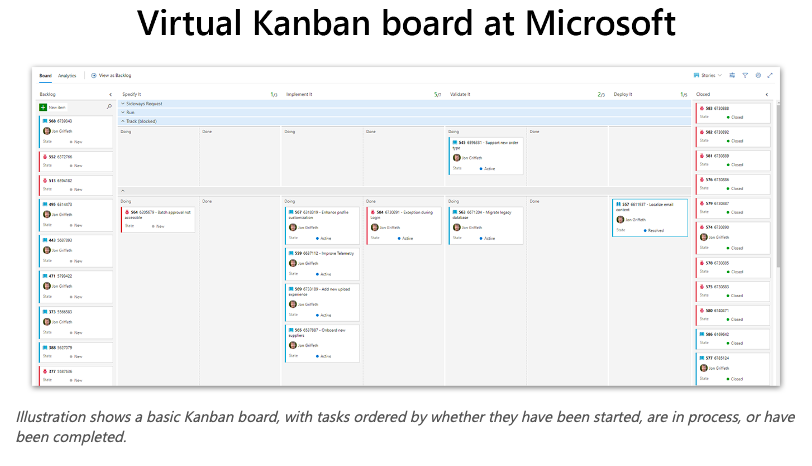
Source: Microsoft
3. Extreme Programming (XP): prioritizes high-quality coding
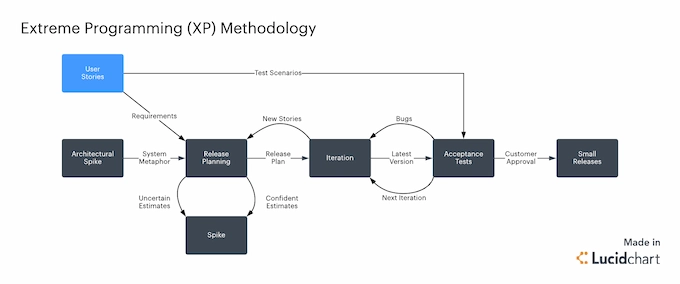
Source: Lucidchart
Extreme Programming or XP emphasizes high-quality code, frequent testing, and rapid feedback. In XP, the code is designed to be modular and easy to modify, making it easier to adapt to changing requirements.
Continuous testing and feedback are built into every stage of development. Issues are discovered early on and resolved quickly.
Some popular companies that use Extreme Programming (XP) are Ford Motor, Chrysler, IBM, and Iona.
All in all, whether you choose Scrum, Kanban, or XP, each methodology offers unique benefits that can be tailored to your specific project needs.
💡 At the end of the day, your team’s goal is to remain responsive, adaptable, and focused on delivering real value to your users.
Key components of agile development in app development
Agile development won’t be complete without the components below. They exist so they can be integrated into the process for the method to work effectively.
1. Product backlog
The product backlog prioritizes the work needed to enhance your app, serving as the team’s single source of priorities. It includes all features, functionalities, and bugs to address.
The product backlog keeps the team focused on what matters most and guarantees continuous value addition.
2. User stories
User stories are a vital part of agile development, comprising the product backlog. A user story captures the user’s desired feature or functionality succinctly, explaining what they want to achieve and why.
It fosters a shared understanding within the team about their goals and the value they aim to deliver to the end-users.
3. Sprints
Agile development divides the process into smaller, manageable sprints lasting two to four weeks. During each sprint, the team focuses on completing a specific set of tasks, delivering valuable product increments more frequently.
This approach enables incremental progress toward the final app while gathering the client’s feedback.
4. Sprint planning meetings
During sprint planning meetings, held at the start of each sprint, the team reviews the product backlog, selects user stories for the upcoming sprint, and breaks them down into manageable tasks.
These meetings ensure consensus on sprint deliverables and establish achievable work expectations.
5. Daily stand-up meetings
Daily stand-up meetings are brief, 15-minute meetings that are held daily during the sprint cycle. At these meetings, each team member briefly shares what they accomplished the previous day, what they plan to accomplish that day, and whether any obstacles impede their progress.
The purpose of these meetings is to keep the team informed and to identify roadblocks early in the process.
6. Sprint review meetings
Sprint review meetings are held at the end of each sprint to review the work completed. At these meetings, the team demonstrates the deliverables that have been completed and collects feedback from stakeholders.
These meetings make sure that the team is on track to meet all the requirements and to make adjustments along the way.
7. Sprint retrospective meetings
A spring retrospective meeting is a time set aside after a sprint has been completed. It lasts typically around an hour, and the team reflects on the preceding sprint. The goal is to identify what went well, what could be improved, and how the team can collectively work together to make meaningful changes moving forward.
This meeting provides a space for the team to reflect on the sprint cycle and find ways to enhance the development process for future sprints.
What are the benefits of using agile development in app development?
Here are some benefits of using agile development and how it can elevate your team’s success in completing projects.
1. Improved time-to-market
Agile development aims to swiftly bring products to market. This is accomplished by dividing the process into manageable sprints and releasing functional app versions after each one. This approach ensures focus on critical features and continual app enhancement.
For example, the Good Empire‘s journey thrived with a speedy time to market, attracting investments and swiftly onboarding users, resulting in remarkable marketplace traction.

Our in-house engineered baseplate technology enabled us to release the app in just four months, offering a competitive advantage of 50% faster mobile app development with superior quality and reduced costs for our clients.
2. Flexibility and adaptability on enhancements
The app team can easily adjust the app’s direction, features, and functionality based on user feedback and changing market conditions. This enables the app to adapt and evolve over time, confidently meeting the needs of its users.
There’s no better way to illustrate this than YouFoodz’s success story.
Youfoodz required an app to solidify its success in Australia and reach a broader smartphone audience. To help them achieve this, we developed a dynamic app capable of handling thousands of weekly orders.
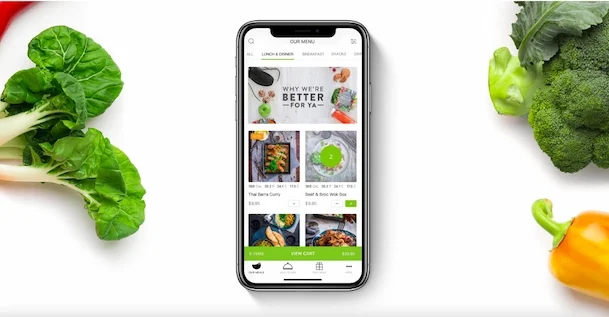
As a result, the brand has been voted Australia’s #1 Healthy Food Delivery Service for three consecutive years. The app currently generates revenue in the high six figures daily, driving the company’s growth in the fiercely competitive healthy food delivery market.
Do you want the same results for your app? Hit us up and let’s chat.
3. Enhanced communication and collaboration
Agile development thrives on team collaboration and communication. Regular meetings, daily stand-ups, and team-building activities foster shared ownership over the app. This approach ensures everyone is aligned and working towards common goals.
Our collaboration with MUCUDU exemplifies how this works.
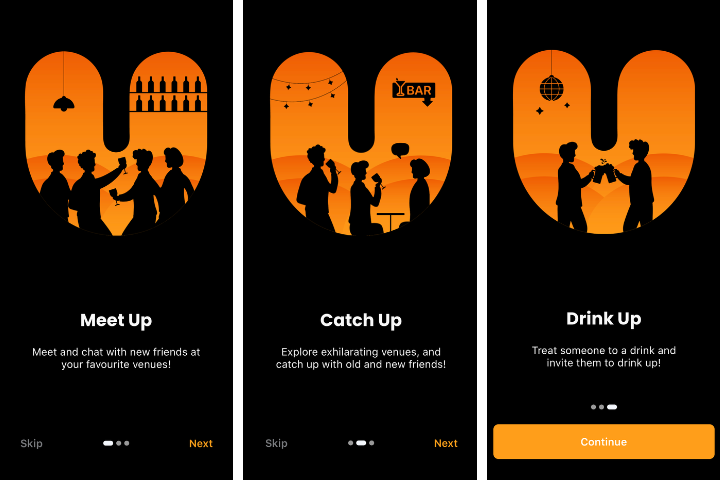
Collaboration runs throughout MUCUDU’s success story, lifting the app development project forward with partnerships and teamwork.
Despite lacking a technical background, the founders recognized the need for an expert. They tapped out a team to help to ensure success.
The result?
We have translated their vision into a mobile app that solves a problem — a social bar app connects patrons and venues, allowing them to share drinks and buy rounds confidently and easily. It’s bringing people together and reviving meaningful connections, which were lost due to the pandemic.
4. Enhanced quality control
Agile development places great importance on testing and quality control. Each sprint includes rigorous testing and reviews to ensure proper functionality and user satisfaction. This approach helps identify and address bugs and issues early in development, minimizing future risks.
When it comes to addressing issues, you need to have a team. That’s how Grill’d, understood their need.
The Australian food chain giant approached us for mobile app enhancements. Our dedicated app developers successfully resolved multiple software issues that previously perplexed three development companies.
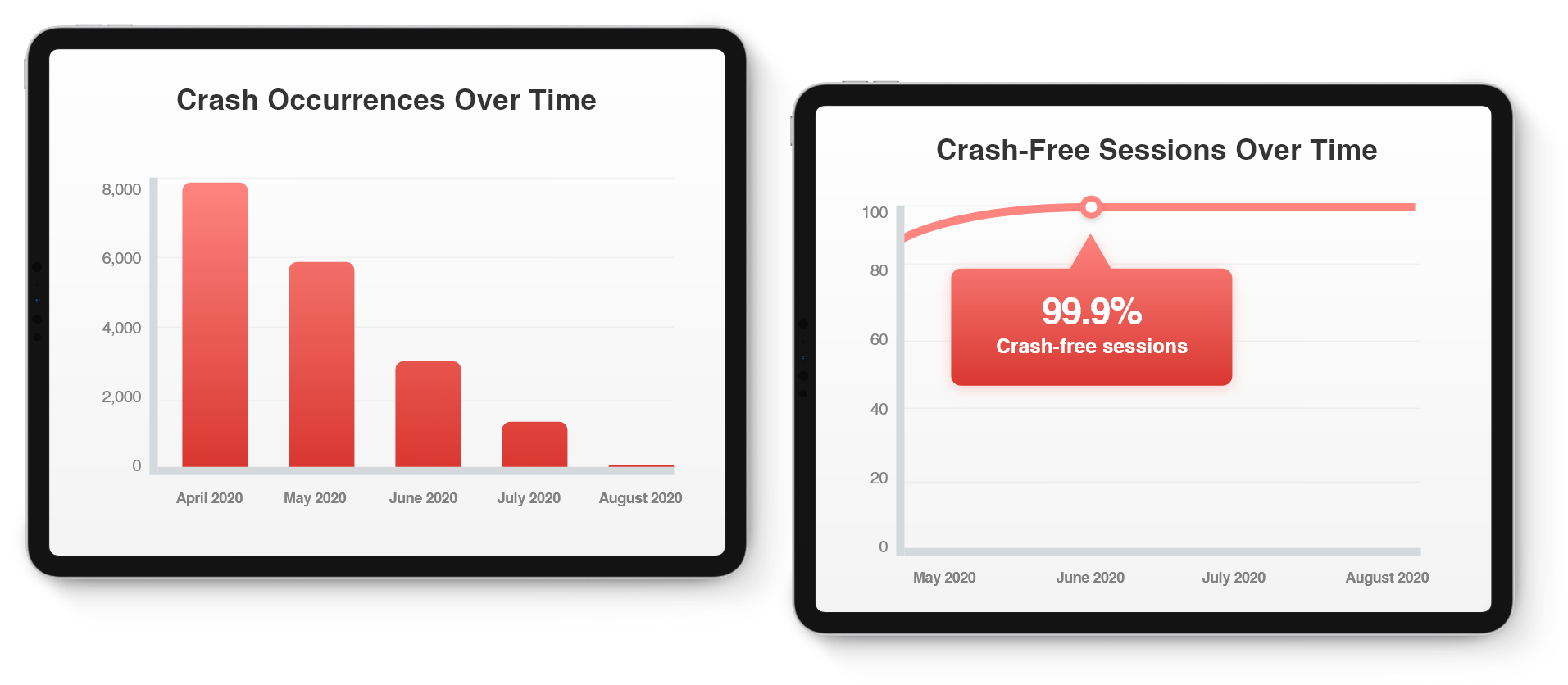
The mobile app now boasts a 99.8% crash-free rate and an impeccably smooth online ordering experience, achieved within a span of six months.
Moreover, the app’s order numbers skyrocketed by ten times post-relaunch, accompanied by an 83% reduction in load times (from 30 to 5 seconds) and a doubled rating on the App Store.
5. Fast return on investment
Agile development ensures a rapid app return on investment. By releasing the app in small, incremental updates, revenue generation begins immediately upon the first release. This approach also minimizes the risk of sunk costs, as the team can adjust the app’s direction if it fails to meet its goals.
Want to see this in action? Take Roamni as our perfect example.
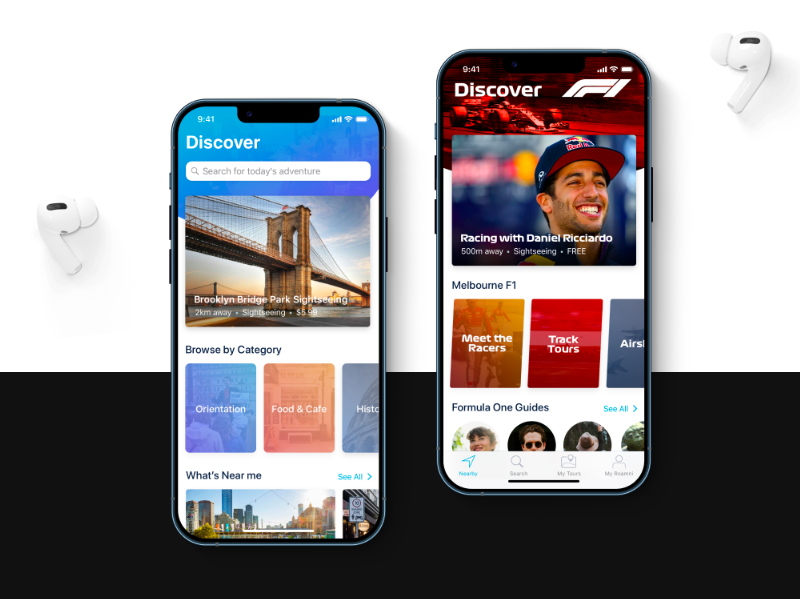
The mobile app was born out of Jason Fabbri and Greg Curcio’s desire to solve a problem the need to share, create, and experience local stories.
But they didn’t have technical knowledge. So, they teamed up with Appetiser.
In just six weeks, we helped turn their ideas into reality. We made a prototype showing their app’s unique features, allowing them to test their concept, reduce risks, and gain attention from investors.
And guess what? Roamni is now the official partner of Formula 1. In less than three years, they went from zero to a startup worth over $5 million.
Agile breeds fluidity in building your MVP app
Agile development is indeed a game-changer when it comes to creating apps. When used in the proper way, teams can experience greater fluidity and flexibility in building products that meet the needs of their users.
One of the greatest benefits of using Agile for an MVP (minimum viable product) development is staying lean. With an MVP app, you can launch a functional version of your mobile app that allows for user feedback and iteration before committing to extensive app development costs.
Simply put, an MVP app is a product that has only the essential features required for end-users to achieve their goals.
At Appetiser, our team is equipped to help you navigate the complexities of building an MVP app. You’ve seen how we have done it with our previous clients from the abovementioned examples.
Book a free consultation today, and let’s bring your ideas to life. Let’s create something truly remarkable.

Maria Krisette Lim is a Content Marketing Specialist with 14 years of experience producing web and print ad content. Krisette has a BSBA degree, major in Business Management and Entrepreneurship. When she’s not tinkering with words and punctuation, she’s either curled up with a book while sipping hot tea, playing with her toddler, or tinkering with website builders.


